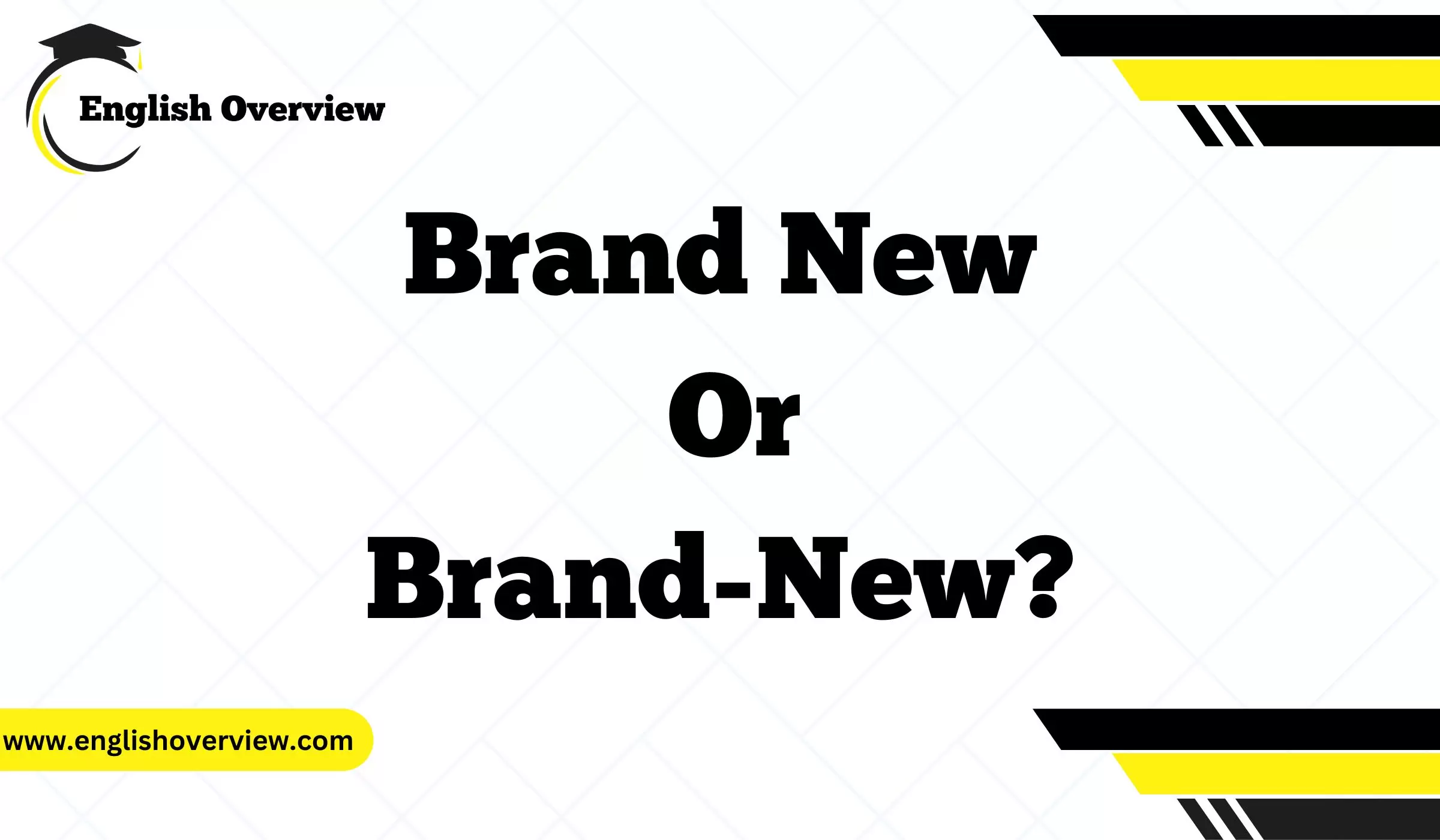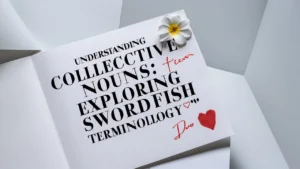In the realm of language, the term “Brand-New” or “Brand New” often finds itself at the crossroads of grammatical precision. This article delves into the nuances of “Brand-New,” exploring its roles as a noun, adjective, and verb. Through a comprehensive examination, we’ll provide examples for each usage, highlighting correct spelling and punctuation.
The discussion will emphasize the importance of adhering to grammar rules, specifically addressing the distinction between “Brand New” as a verb phrase, “Brand-New” as a hyphenated adjective or noun, and the incorrect form “Brand New.” Additionally, we’ll shed light on the consistency in usage between UK and US English.
The Noun Form: Brand-New

Correct Examples
- The store has a collection of brand-new arrivals.
- He proudly displayed his brand-new car in the driveway.
- The company released a line of brand-new smartphones.
- We unpacked the boxes, revealing a set of brand-new dishes.
- She was excited to wear her brand-new dress to the party.
Incorrect Examples
- The store has a collection of brand new arrivals.
- He proudly displayed his brand new car in the driveway.
- The company released a line of brand new smartphones.
- We unpacked the boxes, revealing a set of brand new dishes.
- She was excited to wear her brand new dress to the party.
Note: The correct form in the noun context is “brand-new,” with a hyphen between “brand” and “new.”
The Adjective Form: Brand-New
Correct Examples
- The dealership showcased a range of brand-new vehicles.
- The apartment had a brand-new refrigerator and stove.
- She received a brand-new laptop for her birthday.
- They moved into a house with brand-new furnishings.
- The library acquired a collection of brand-new books.
Incorrect Examples
- The dealership showcased a range of brand new vehicles.
- The apartment had a brand new refrigerator and stove.
- She received a brand new laptop for her birthday.
- They moved into a house with brand new furnishings.
- The library acquired a collection of brand new books.
Note: When used as an adjective, “brand-new” should be hyphenated.
Read More: Check In or Check-In?
The Verb Form: Brand New
Correct Examples
- She decided to brand new her business with a fresh logo.
- The company plans to brand new their image in the market.
- They aim to brand new their products for the upcoming launch.
- The artist wants to brand new his artistic style.
- The team will strategically brand new their approach.
Incorrect Examples
- She decided to brand-new her business with a fresh logo.
- The company plans to brand-new their image in the market.
- They aim to brand-new their products for the upcoming launch.
- The artist wants to brand-new his artistic style.
- The team will strategically brand-new their approach.
Note: The correct form when used as a verb is “brand new,” without a hyphen.
Importance of Grammar Rules
Adhering to grammar rules is vital for effective communication. The distinction between “brand new” and “brand-new” ensures clarity and precision. Whether expressing the novelty of an item or indicating a fresh start, using the correct form adds depth to the language.
Consistency in UK and US English
The usage of “brand-new” remains consistent between UK and US English. Both embrace the hyphenated form as the preferred and correct choice, reinforcing the universality of this grammatical rule.
Conclusion
In conclusion, unraveling the intricacies of “Brand-New” enriches our understanding of its varied forms. Correct usage, whether as a noun, adjective, or verb, hinges on the proper placement of hyphens. Adhering to grammar rules ensures that our expressions are not only accurate but also convey the intended meanings effectively.
The consistency in usage across different English variants emphasizes the universality of this grammatical rule. So, whether describing a shiny new possession or envisioning a rebranded future, the hyphen plays a crucial role in making “Brand-New” a linguistic masterpiece.

James Wilson is currently an English instructor at a university. She has experience in teaching and assessing English tests including TOEFL, IELTS, BULATS, FCE, CAE, and PTEG. With over a decade of teaching expertise, James Wilson utilizes his knowledge to develop English lessons for her audience on English Overview.









